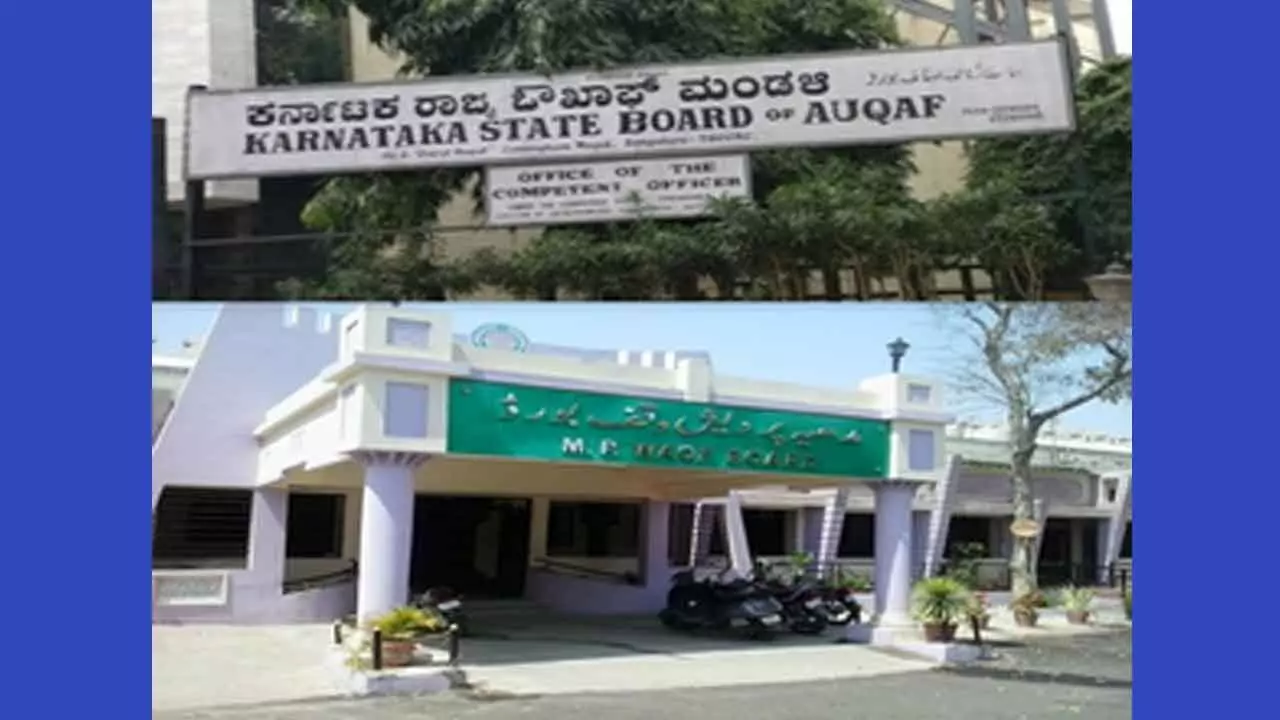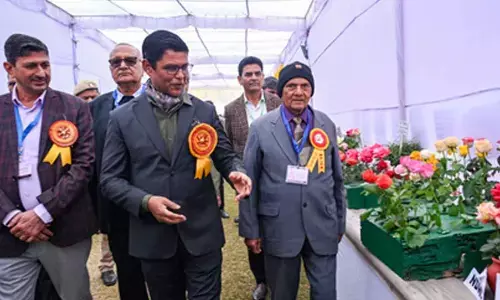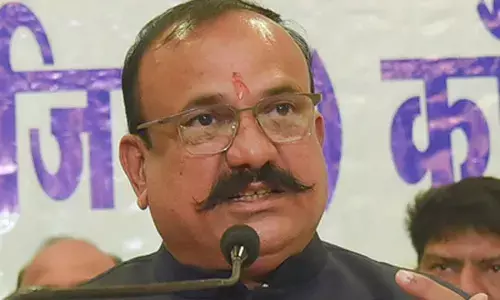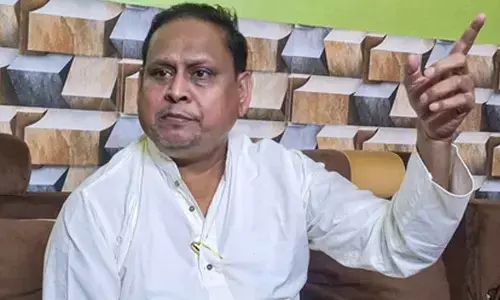Is Waqf Act abuse catalyst for Modi govt’s intent to restrict Boards' authority?
Share :

Is abuse of the Waqf Act driving the Narendra Modi-led NDA government’s plan to limit the Waqf Boards' arbitrary powers?
This question is at the centre of a heated political debate as the Central government prepares to amend the Waqf Act.
Amid the ongoing debate, sources have shared with IANS details that cast the Waqf Boards' operations in a negative light, alleging misuse of the Waqf Act. Sources say for a long time, the Waqf Boards have been accused of acting like a land mafia, seizing various types of properties - including personal land, government land, temple lands, and gurdwara -following amendments to the Waqf Act made by Congress.
According to sources, initially, the Waqf Boards had about 52,000 properties across India. By 2009, this number had surged to 300,000 registered properties covering 400,000 acres of land.
"Today, the number of registered Waqf properties has exceeded 872,292, spanning over 800,000 acres of land. This represents a dramatic doubling of Waqf land within just 13 years," a source added.
Sources say the Mussulman Wakf Act, 1923, was introduced by the British. The British first introduced The Madras Religious and Charitable Endowments Act, 1925. It drew large protests from Muslims and Christians. Thus, it was redrafted to exclude them, made applicable to Hindus only and renamed the Madras Hindu Religious and Endowments Act, 1927.
The Waqf Act was first passed by Parliament in 1954. Subsequently, it was repealed and a new Waqf Act was passed in 1995 which gave more powers to Waqf Boards. "In 2013, this Act was further amended to give unlimited powers to Waqf Boards to snatch anyone’s property, which even could not be challenged in any court of law," sources said.
In simple terms, the Waqf Board has been granted sweeping powers to claim properties under the guise of Muslim charity. This effectively means that a religious body has been given almost unchecked authority, preventing plaintiffs from seeking judicial recourse, informed sources told IANS, adding: "No other religious body in democratic India has such powers."
According to information, Section 3 of the Waqf Act, 1995 states that if the Waqf Board "thinks" that the land belongs to a Muslim, then it is the property of the Waqf. The Waqf Board does not have to furnish any evidence on why they think the land falls under their ownership. Even countries that follow Muslim laws do not have a Waqf body nor does any religious body have unlimited powers, sources added.
It is also informed that the Waqf body did not repatriate any land to the Hindus that migrated from Pakistan during the Partition. Sources report several incidents where Waqf Boards have claimed ownership of entire villages. One notable example is Thiruchenthurai village in Tamil Nadu. The local Waqf Board shocked residents by declaring the entire village as its property. Situated on the banks of the Cauvery River in Tiruchirapalli district, Thiruchenthurai is home to a 1,500-year-old Sundareswarar Temple. Villagers were left questioning how the Waqf Board could lay claim to their historic settlement.
In Rajasthan, a notable case involved the Rajasthan Board of Muslim Waqf seeking financial assistance from the state government to cover workers' salaries. This request was strikingly at odds with the fact that the Waqf Board had over 18,000 properties listed across the state and generated income from more than 7,000 of these properties.
Similarly, the Tamil Nadu Waqf Board claimed ownership of the 1,500-year-old Manendiyavalli Chandrashekhara Swami temple land, which comprises 369 acres in and around Thiruchenthurai village.
These incidents are cited by sources as evidence of the Waqf Boards misusing the extensive and unchecked powers granted to them by the current Act.
Another major issue is the lack of transparency and accountability in managing Waqf properties, sources said. There is no reliable assessment of the revenue generated from these assets, and concerns about how this revenue is used remain unresolved, sources added. Sources indicated reports of corruption and mismanagement are prevalent, and when revenue is documented, it should ideally be directed towards the welfare of the Muslim community.
















